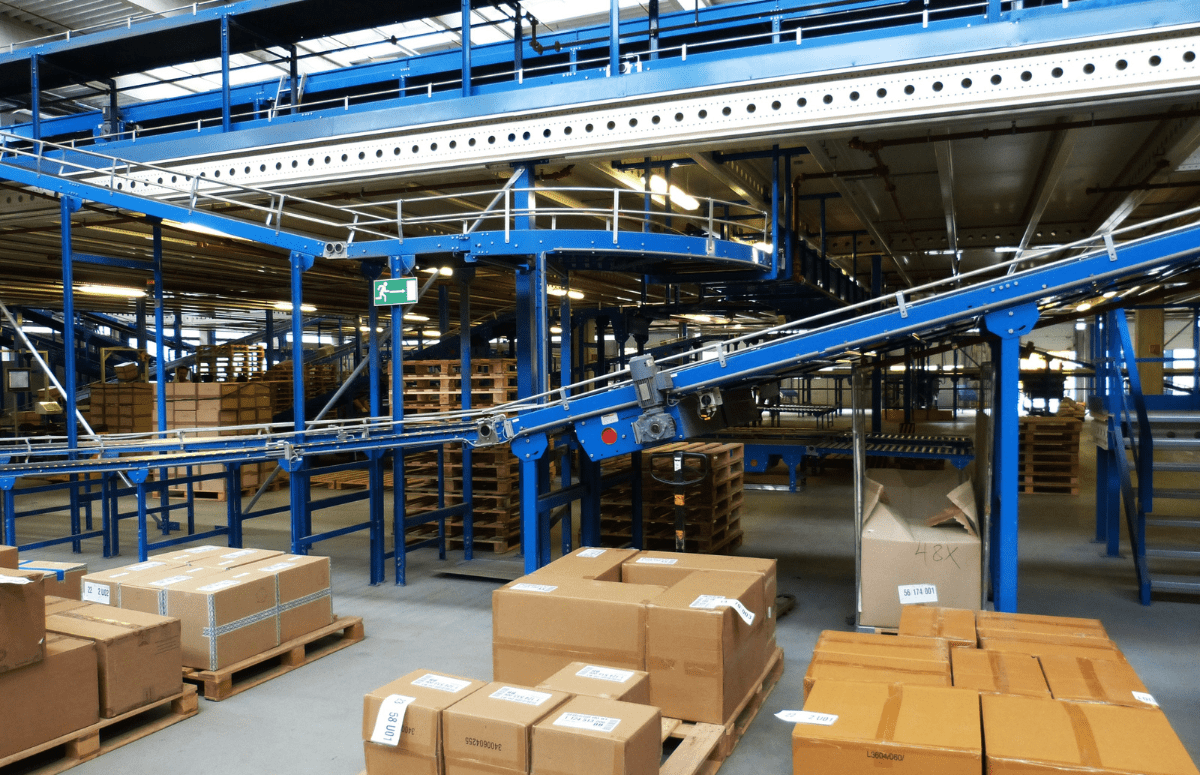Do you handle order fulfilment yourself? If you’re juggling everything in-house, from communicating with customers to packaging and shipping, you may be finding it a struggle to keep everything flowing smoothly – especially if your business is growing.
Order fulfilment is one of the most important parts of running an ecommerce business. Get it right (on time delivery, professional packaging) and you’ll build a loyal customer base. Get it wrong (late delivery, shoddy packaging) and your customers will not be coming back in a hurry.
So, what’s the solution?
The good news is that you don’t have to handle everything in-house if you don’t want to. In fact, there are plenty of order fulfilment options available to you. In this post, we’ll discuss the pros and cons of three methods: dropshipping, 3rd party logistics and self-fulfilment.
Self-fulfilment
What is self-fulfilment?
This one should be self-explanatory. Self-fulfilment is when you, the business, do all of the hard work. You handle customer communication, packaging and shipping. You may decide to run the entire process from your home or office space, but often businesses move on to rent out warehouse space and use that as a distribution hub.
What are the advantages?
Self-fulfilment gives you complete control of everything, from labels to packaging design. This is useful both for budding brands who are just starting out and need to cut costs, and larger businesses who want to retain control over every aspect of their highly tailored and specific shipping process.
What are the disadvantages?
Time. Depending on the size of your operation and the number of orders you need to fulfil, self-fulfilment can be very time consuming. As your business grows, you may also find that your costs start to spiral and you’re no longer saving money. Once you have warehouse space you will then need to pay for the rent, the staff who package your products and ship your deliveries, packaging materials and a reliable software package capable of tracking and organising the process.
Is self-fulfilment right for my business?
Are your products highly customised? Are you just starting out? Do you sell unique, one-off items that require specialised packing? If so, self-fulfilment might be best for you. If your business is expanding and you’re able to outsource the process, you may be able to make considerable savings by outsourcing order fulfilment. We explore the two main order fulfilment outsourcing options below.
3rd Party Logistics
What does 3rd party logistics involve?
This method involves outsourcing the packaging and shipping process to an order fulfilment logistics company who own warehouse space. You supply this company with batches of your products and they then, for a small fee, handle the packaging and shipping for you when your orders come in.
What are the advantages?
You do not have to worry about the cost of renting warehouse space because this is included in your monthly fee. You’ll also have much more free time to focus on your business. Essentially, you’re paying for hands-free, hassle-free shipping.
What are the disadvantages?
Unlike self-fulfilment, you will not have the same level of control over the packaging and shipping process. However, if you find a reliable and experienced logistics partner you should not have any problems.
Is 3rd party logistics right for my business?
If you’re struggling to get orders out on time and haven’t got the manpower to keep up, 3rd party logistics is an excellent option. Equally, if you’re selling products that don’t require too much customisation and special packaging requirements then 3rd party logistics could be perfect for you.
Dropshipping
What is dropshipping?
Dropshipping is arguably the simplest form of order fulfilment. The manufacturer delivers products directly to the consumer, meaning that the online store selling them doesn’t have to worry about storing products at all.
What are the advantages?
With products coming directly from the manufacturer, you don’t have to worry about the costs of storage or inventory. You simply populate your online store with the products you want to sell and when orders come in the manufacturer takes the products from their own warehouse and ships them to your customers.
What are the disadvantages?
Dropshipping delivery tends to be a little slower than the other options. Plus, you lose control over branding to some extent and have little to no control over the packaging and shipping process.
Is dropshipping right for my business?
Dropshipping is ideal for beginners and budding entrepreneurs who want to test the ecommerce waters. You will be able to test a few products from a variety of dropshippers prior to making your first order, and if it doesn’t work out, you can always pull the plug and try something new.
Making the call
Before you make a decision between which of the above order fulfilment methods to choose, it’s important to consider which growth stage your business is at and what it needs in the future. How much control do you want or need over the shipping and packaging process? Are your staff stretched to capacity? Are you spending too much time on order fulfilment and struggling to find time for the day to day running of your business? Consider each option carefully before taking the leap.
Do you want to sell online? Whether you’re just starting out or you’re an old hat at digital commerce, Fluid Digital can help you sell more online. For a closer look at our award-winning Magento design and development solutions, check out our recent project.





